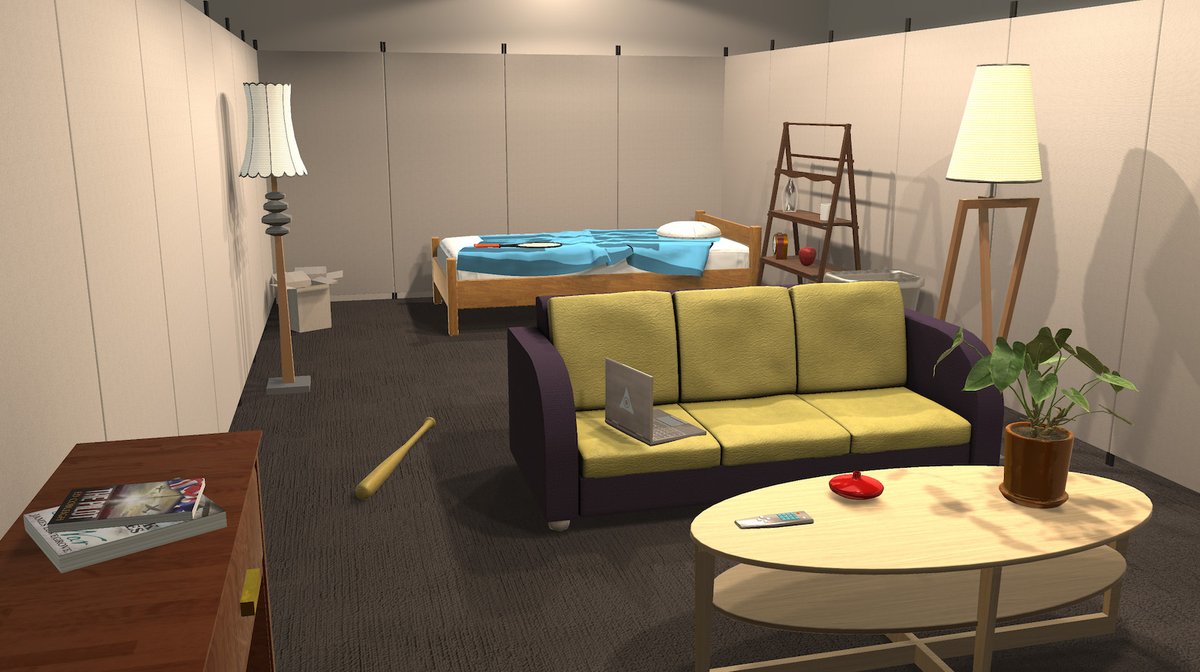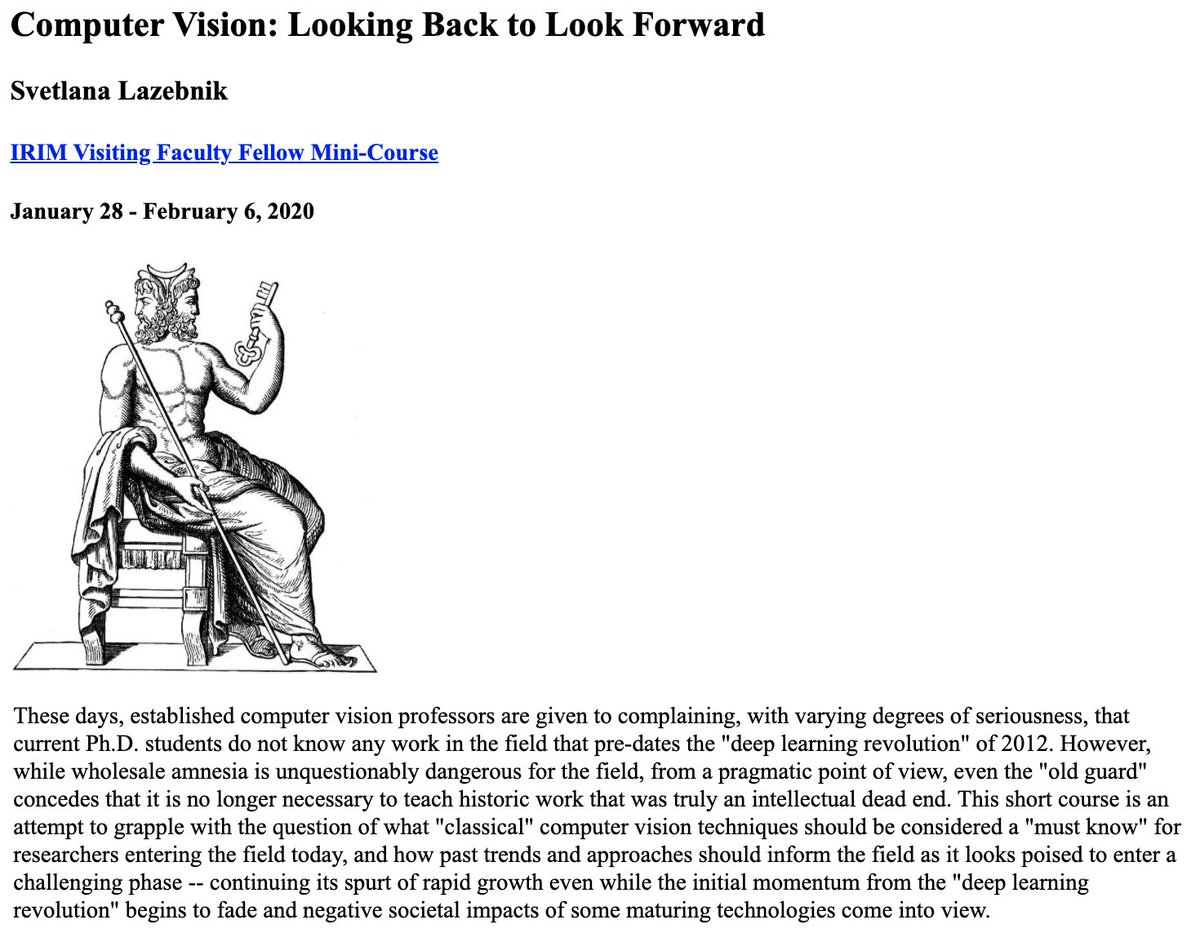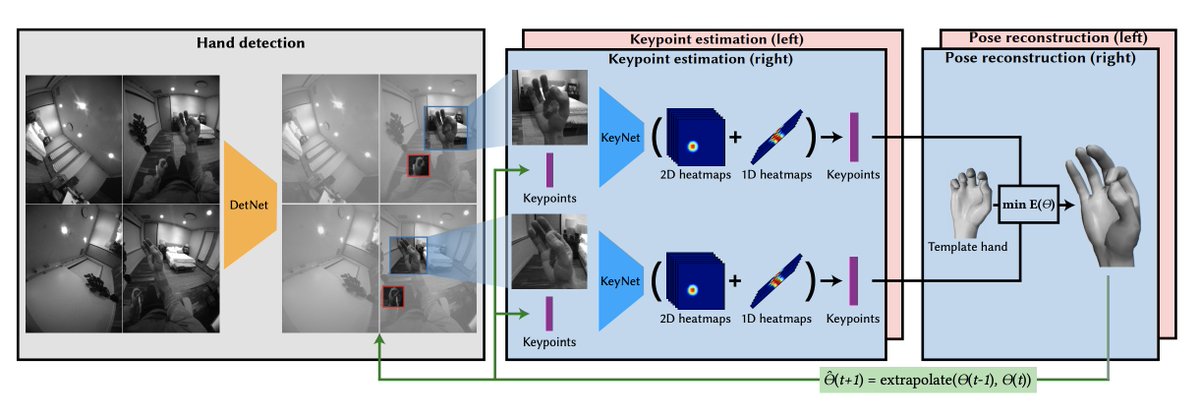
How to get URL link on X (Twitter) App




 unlike transformers used in language and image based tasks, the positional encoding is also learned.
unlike transformers used in language and image based tasks, the positional encoding is also learned. 

 correlation volumes
correlation volumes 

https://twitter.com/ankurhandos/status/1309376964960989184first up, joblib's memory. If you are reading a huge file Memory class helps you cache that on your disk during the first call. Successive calls load the data much faster. Assuming you didn't change both the function as well as the contents of the file.


 How computer vision evolved over the decades.
How computer vision evolved over the decades. 






 came across this game while watching this video "What happens as you approach the speed of light?"
came across this game while watching this video "What happens as you approach the speed of light?"



 Understanding AR inside and out
Understanding AR inside and out 


 The grid S x S could be thought of as a bounding box that you slide across the image.
The grid S x S could be thought of as a bounding box that you slide across the image. 

 some examples
some examples 


 written in similar spirit is this paper "Could a Neuroscientist Understand a Microprocessor?"
written in similar spirit is this paper "Could a Neuroscientist Understand a Microprocessor?"



 Traditional ICP based methods solve for correspondence first and then model parameters. Here they do it jointly on the surface triangle mesh.
Traditional ICP based methods solve for correspondence first and then model parameters. Here they do it jointly on the surface triangle mesh. 

 The link to quadratic program comes from the well known Wahba problem.
The link to quadratic program comes from the well known Wahba problem. 



 this is a non-acm pdf link cs.ucr.edu/~shinar/papers…
this is a non-acm pdf link cs.ucr.edu/~shinar/papers…